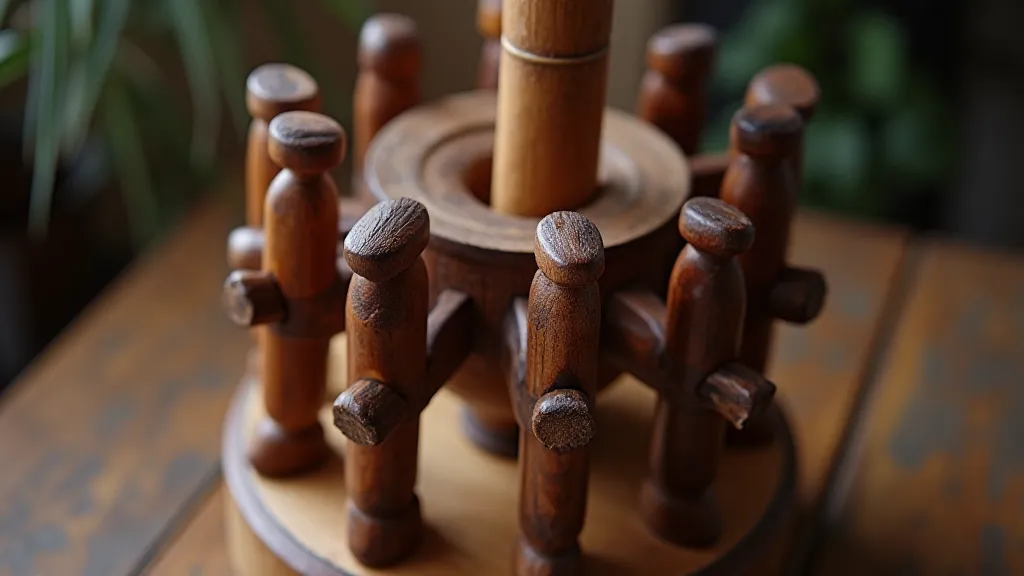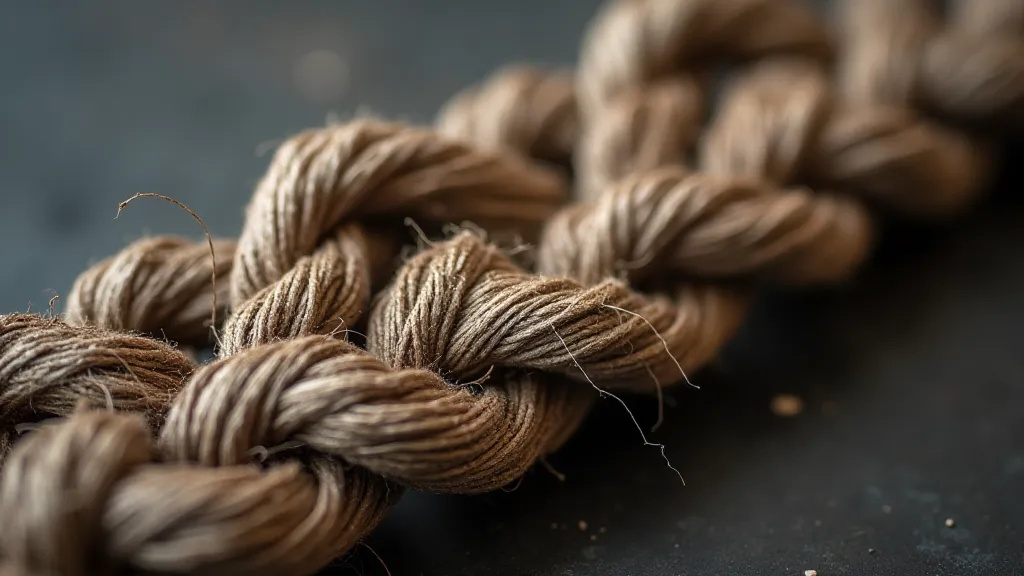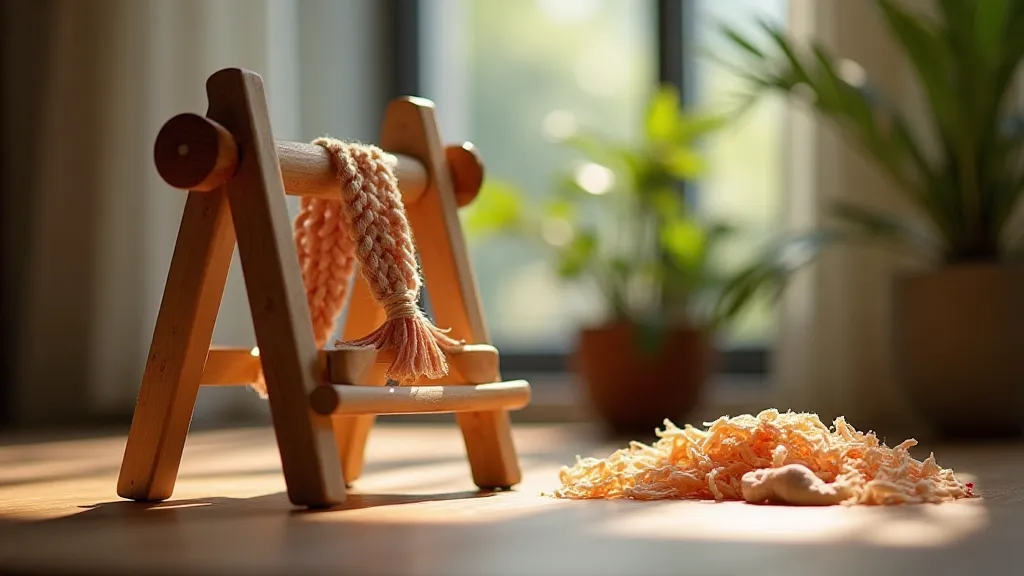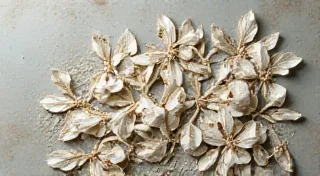The Language of Twists: Decoding the Nuances of Kumihimo Styles
There’s a particular scent that clings to antique accordions – a blend of aged wood, dried leather, and the ghost of countless melodies. It's a comforting aroma, a tactile connection to a time when craftsmanship wasn't just about efficiency, but about imbuing an object with soul. Just like those accordions, each Kumihimo braid whispers a story. It's not just about the weaving; it's about the history, the intention, and the subtle variations that distinguish one style from another, carrying significance far beyond mere functionality.
Kumihimo, the art of Japanese braiding, isn't simply a craft; it's a tangible piece of cultural heritage. For centuries, it has provided essential components for samurai armor – securing helmet plates, reinforcing sword hilts, and creating elegant obi sashes. The visual language of these braids wasn't arbitrary. Each style, each minute variation in pattern and color, likely held subtle meaning, potentially indicating region, status, or even personal affiliations.
From Armor to Art: A Historical Perspective
The earliest documented evidence of Kumihimo dates back to the Kofun period (300-700 AD), though its roots likely extend even further. Initially, braids were primarily functional, serving the vital role of securing armor and weaponry. The durability and strength required of these early braids demanded precise techniques and the selection of robust materials like hemp and silk. These were not decorative flourishes; they were essential for survival. Over time, as Japan entered periods of relative peace, the role of Kumihimo evolved. The demand for decorative braids for clothing, particularly obi sashes, flourished. This shift allowed for greater experimentation with colors, materials (linen, cotton, rayon became increasingly common), and more intricate designs.
Imagine the artisan, patiently working at their marudai (braiding stand), meticulously twisting and interweaving threads. This wasn’t a factory process; it was a meditative practice, an opportunity to pour skill and artistry into each strand. The complexity of the braiding stand itself – a testament to engineering ingenuity – speaks volumes about the value placed on this craft. The marudai wasn't just a tool; it was a symbol of dedication and mastery. Examining the history of these braids reveals a surprising breadth of purpose, and it’s fascinating to consider how their function dictated the earliest designs. Indeed, understanding beyond adornment, the functional heart of Kumihimo, offers a more complete picture of its development.

Deciphering the Styles: More Than Just Patterns
While there are numerous Kumihimo styles, some are particularly recognized for their historical and cultural significance. Tatetsuki, for example, the "straight weave," is considered one of the oldest and most basic styles. Its robust structure lent itself well to armor components. The simplicity of Tatetsuki is deceptive, however. Master weavers could subtly alter the tension and thread placement to achieve different textures and strengths, a form of personal expression within the confines of functionality. Then there’s Hakusashi, a narrower style often used for decorative hair ornaments. The elegant simplicity of Hakusashi speaks to a refined aesthetic, frequently seen in depictions of geisha and noblewomen.
Consider Odatsuki, a more complex style known for its characteristic "flat" appearance. Historically, Odatsuki was often used for obi knots and decorative edgings. The technique requires a high degree of precision, as the threads must be carefully manipulated to create the desired flatness. The deliberate flatness itself might have signaled a particular social standing or affiliation – a visual cue amongst a community bound by tradition.
The colors used in Kumihimo braids also played a crucial role in conveying meaning. While vibrant colors like red and gold were often associated with nobility and ceremonial occasions, more subdued tones like indigo and brown were common among the common people. Even the combination of colors could hold symbolic weight, drawing upon the rich tapestry of Japanese symbolism—the association of cherry blossoms with spring and renewal, or the use of bamboo to represent strength and resilience. The patterns aren't random; they are a carefully considered language—a visual record of intention and meaning.
The Artisan’s Mark: Subtle Variations & Personal Expression
The true beauty of Kumihimo lies not just in the recognized styles, but in the subtle variations that emerge from the artisan’s hand. A slight adjustment in tension, a minor shift in the color sequence – these seemingly insignificant details can transform a standard braid into something uniquely expressive. Imagine an apprentice learning the craft, meticulously copying the master’s technique, but gradually incorporating their own innovations, their own signature flourishes. The intricacies of these weaves extend beyond simple pattern, and a deeper understanding reveals that mastering Kumihimo involves a certain mathematical proficiency. Indeed, those seeking to unlock the full beauty of Kumihimo might find it rewarding to explore beyond the pattern, discovering the hidden mathematics of Kumihimo.
Restoring antique Kumihimo pieces – a delicate and rewarding pursuit – allows us to appreciate the nuances of these subtle variations. The subtle wear patterns on the threads, the slight discoloration from age – these are not flaws; they are testaments to the piece’s history, evidence of countless hands that have touched and admired it. The very act of restoration requires a deep understanding of the original techniques, a respect for the artisan's intended outcome.

Collecting and Preservation: Honoring a Living Tradition
For collectors of antique textiles, Kumihimo braids offer a fascinating window into Japan's rich cultural heritage. Authentic pieces are increasingly rare, and their value lies not only in their scarcity, but also in the stories they tell. Examining the materials used, identifying the braiding style, and understanding the historical context—these are the hallmarks of a knowledgeable collector.
Beyond collecting, there’s a responsibility to preserve and promote the craft of Kumihimo. Supporting contemporary artisans, sharing knowledge, and encouraging younger generations to embrace this tradition—these are vital steps in ensuring its survival. Like that old accordion, its melody fading but still capable of inspiring awe, Kumihimo embodies the enduring power of human creativity and skill. It’s a tradition steeped in history, spirituality, and a dedication to precision, and one which, like all ancient arts, carries a message that extends far beyond the tactile experience.
The pursuit of understanding Kumihimo isn't just about appreciating the artistry of a craft; it's about connecting with a deeper sense of cultural understanding and recognizing the significance of slow, deliberate processes in a world increasingly defined by speed and efficiency. The legacy of Kumihimo also reflects Japanese beliefs in the power of repetition and mindfulness, and many practitioners find that the rhythmic process of braiding can induce a meditative state. Indeed, it's fascinating to consider how the practice of Kumihimo can contribute to a sense of inner peace—a perspective that is beautifully explored in Echoes of Zen: Kumihimo and the Practice of Mindfulness.

The “language of twists” – the nuances in Kumihimo styles – isn't simply about weaving threads; it's about weaving together history, artistry, and cultural identity. By taking the time to decipher this language, we gain a deeper appreciation for the beauty and significance of this remarkable Japanese craft.





